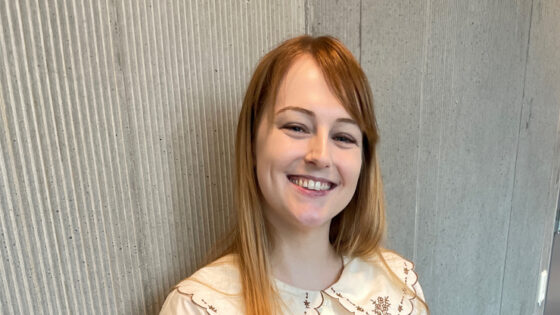Evaluation of the bacterial content in sediments in connection to bathing water quality
This was Ellinor Frank's PhD project. Ellinor was an industrial PhD student at Sweden Water Research and Lund University.
PHD PROJECT The project focused on investigating the source of poor bathing water quality using DNA sequencing of the bacterial community in the seawater and in sediments. Some bacteria are well known as fecal indicator bacteria (FIB), such as Escherichia coli and enterococci, but there are also many other bacteria that originate in the stomach and intestines of humans. Since there was no clear connection between the times when indicator bacteria are found in the water at the beaches and times of flooding, the project investigated whether poor bathing water quality originated from the sediment (linked to historical flooding) outside VA facilities or if there were other sources.
In 2022, the next phase of the project was started, which involved testing, evaluating and developing an AI solution where an “on site” measurement through flow cytometry and machine learning could be connected to a digital system that enables an early warning system. Municipalities typically took water samples once a week to find out if there were indicator bacteria in the water. The water samples that were taken according to current regulations did not give results until three days later, a little late for those who are going to bathe on the same day.
Ellinor investigated whether the bacteria could get from the sediment to the beaches and affect the bathing water quality, or whether the bacteria that create unusable bathing water came from somewhere else. Water samples must be taken from bathing areas to be able to see where the bacteria come from – and whether it is our sewage facilities, which are part of the problem with unserviceable bathing water.
The project was part of Urbana bad.
Supervisor: Magnus Larson, Lund University
Co-supervisors: Therese Jephson VA SYD and Kenneth M Persson Lund University






